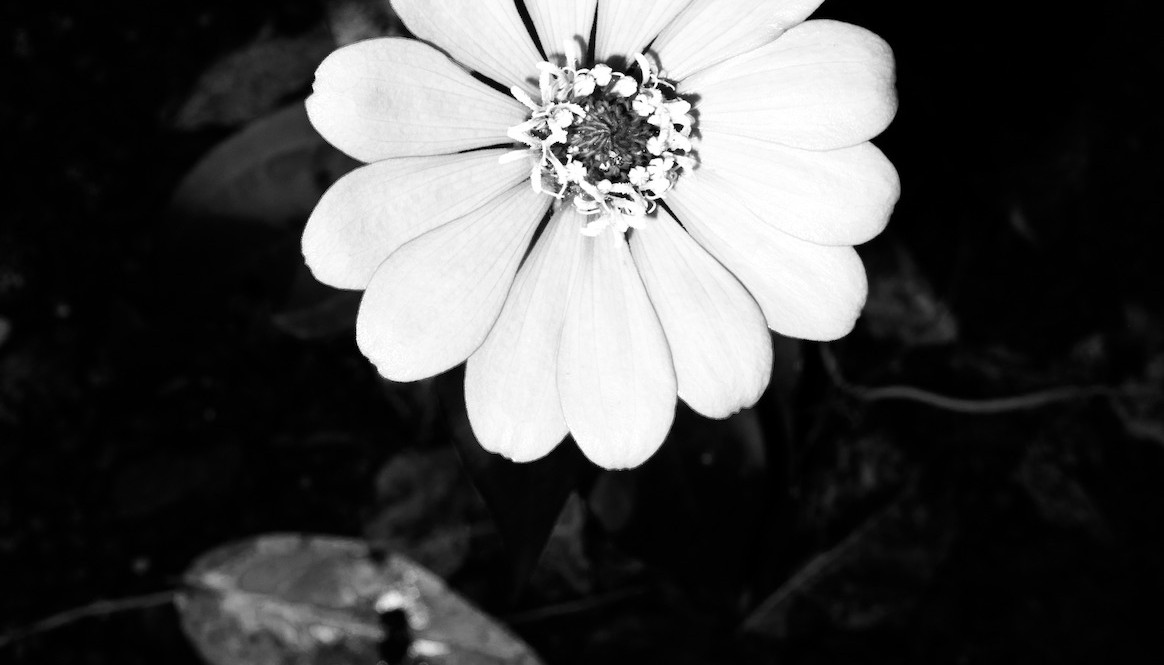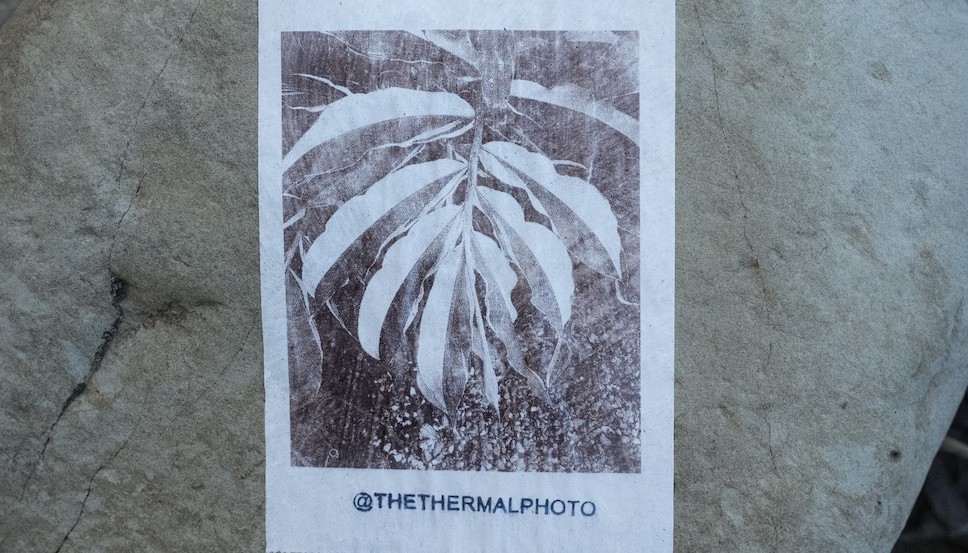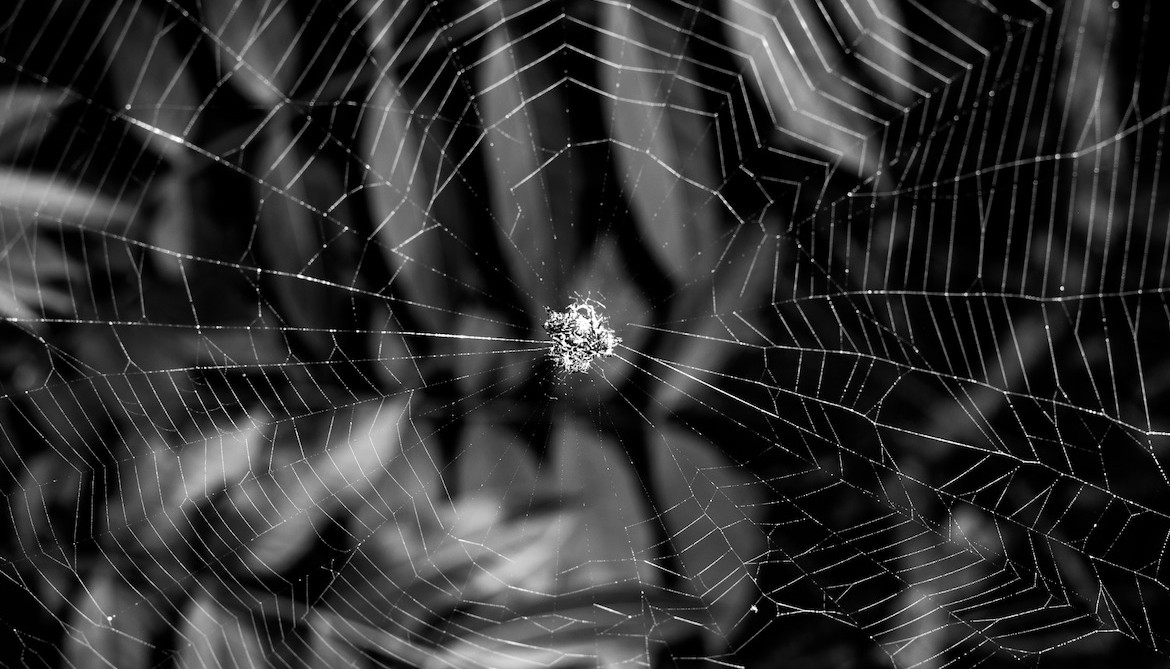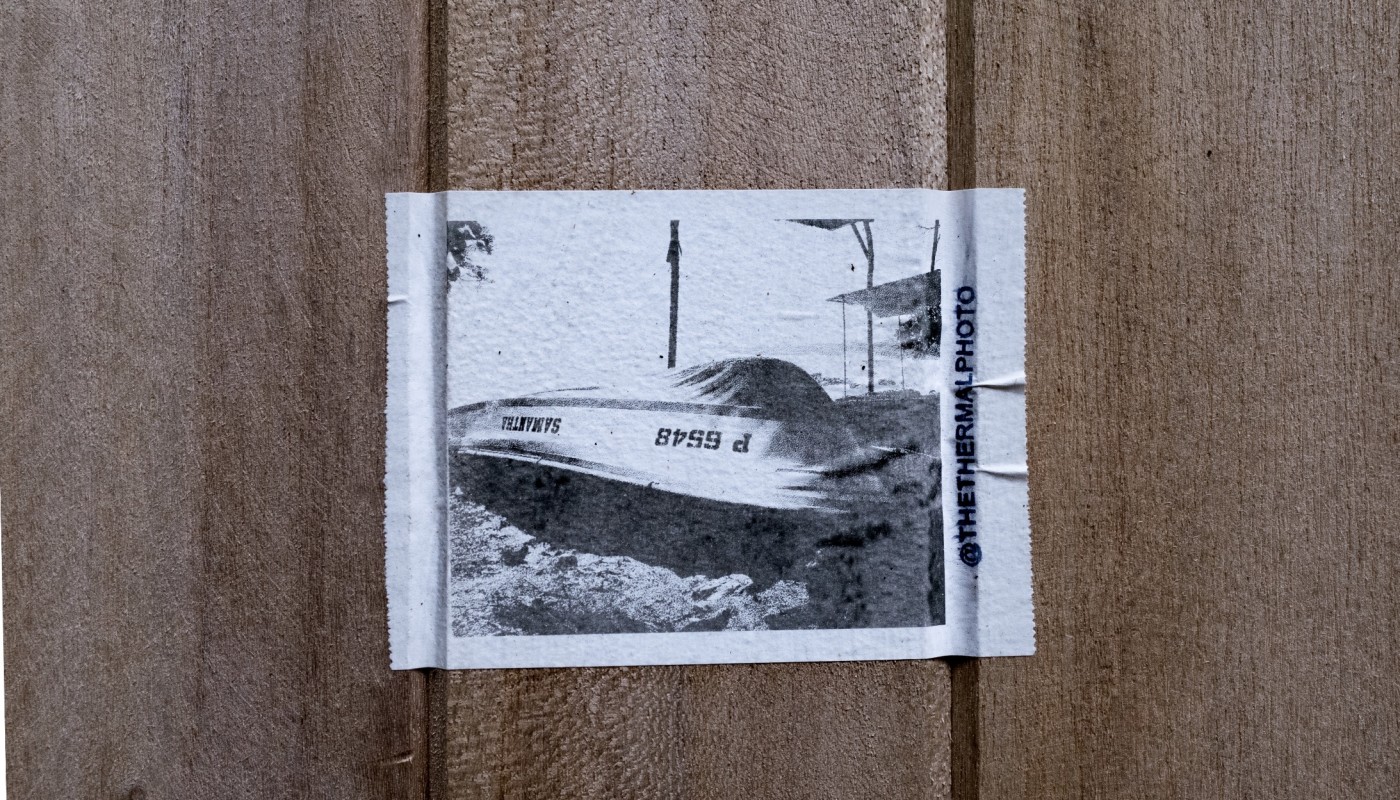In your words, please tell us what you do.
I mainly work as a cinematographer. However, because of my love of light, composition, colors, etc, I also work developing more personal projects related to visual arts through different mediums such as still photography, “performatic” visuals, and video-art. I don’t necessarily believe film is the only and best way to express myself for every occasion.
At what age did you start finding your passion and what was it that sparked it?
I think I've been surrounded by cameras since I was young, for no actual reason. They were always calling my attention, but for many years I never took them too seriously. That was until my mid-teens when I found a workshop about still photography that showed me the beauty and complexity of its own language. It just felt like the right tool to express myself.
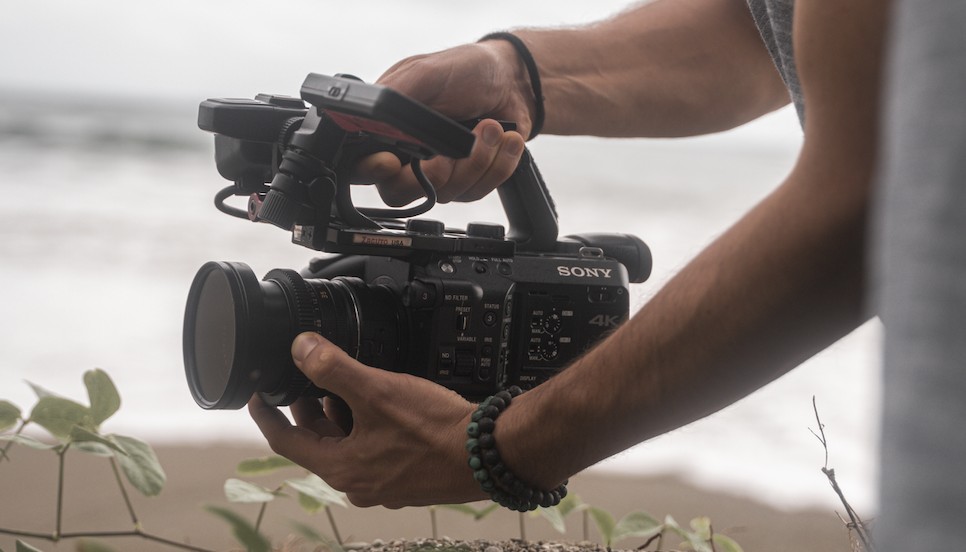
What is it about film that you like the most?
Cinema has such a beautiful language that blends into so many other artforms, making films so rich. Also, being able to work together with so many creative and experienced people makes my work an amazing way to keep learning and capturing beauty in so many ways.
What camera/lenses do you use?
I work with different cameras depending on the project. For this piece I decided to go with something compact like the Sony Fs5 MkII; that way, I could move around freely and not have to struggle with excessive gear. When it came to the lenses, I used mainly a Leica 35mm & 50mm. The 35mm was the widest I brought, mostly so I didn’t feel tempted to shoot an entire landscape just with one shot, as this project was thought of as a video-collage.
What made you want to go to Costa Rica?
I have some friends living in Costa Rica, so it was always in the back of my head that I should visit. However, it was only very recently that everything aligned itself. A friend invited me and told me about Zunya's artist residency. Once I was accepted, I took the trip and was able to explore this beautiful green country as I learned more about the efforts of Zunya in Malpais.
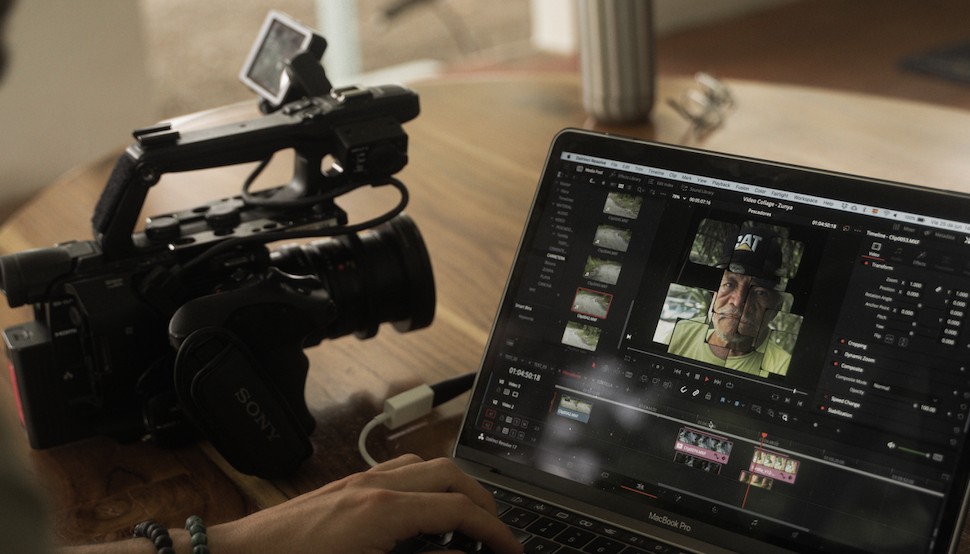
What is the process of creation when you use natural elements?
I believe that every place expresses itself in a very different way. My first approach is to feel the language of the space and characters. Then, I introduce a small point and shoot camera into the equation to take some visual notes of the things that call my attention. After knowing what's out there, I begin answering questions like: “What do I want to say and what's out there that is aligned with it?”and “Which kind of lighting and language works best this time?” And, finally, I decide on a set of "rules" that will later become the spine of the world we are picturing.
Where do you start when you begin a new project?
The starting point is always understanding what I want to say. Really understanding this makes everything else fall into place: the best medium to express it, the emotions, the structures, the language, etc.
How was the experience of bringing your work to Zūnya? How did the Zūnya Project influence you?
I think Zūnya and Costa Rica have great energy. It feels calm and relaxing, but also young and inspiring. When I first thought about the residency I knew what I wanted to talk about, but I wasn’t sure about what I was going to find over there in order to talk about the little bits of awareness and beauty that we often don't see. As soon as I got to Zūnya and became familiar with the area, the light, and the collective, I gathered a better understanding of how I wanted to portray this place, the people, and the amazing landmark.
Can you tell us more about the inspiration of the videos you created at Zūnya?
The inspiration of this new Video-Collage series comes from deep observation of nature and the world that surrounds us. A curiosity of finding new visual poems that exist out there as a happy accident of daily life. This residency has let me explore a familiar, yet new landscape, being able to admire its own microcosmos. As the work of Jonas Mekas accentuates and admires the simplicity of everyday life, the content of this video explores a conscious contemplation and appreciation of the mundane.
Fragmenting the image is a new format I’m exploring; it makes us discover the “bigger picture” through small fragments of this world with a new perspective, sometimes this language can show us more than the “bigger picture” itself. David Hockney explores this through his photography work, changing slightly the perspective of each shot, allowing us to see beyond a 2D image with a single point of view. Discovering the new fragments in a non-linear way, encourage the viewer for a more active observation, inviting them to explore their surroundings top to bottom in a new and more in-depth way. With a bright sun reflecting on the crest of the waves, this series invites you to have a taste of Malpais, CR, the locals, and the collective.
Who or what are some of your inspirations?
My teachers in life have been mainly: Nature, even feeling like capturing nature is cheating because it's just beautiful on its own. Another would be wandering around. Wandering without trying to know where I am and where am I going - just connecting with my senses and letting them guide me into the magic that exists out there. And, lastly, Art. I find it so inspiring when a painting, a building or house, a song, a performance, or any other art form is able to communicate something straight to the senses and tell you so much in an instant.
What personal projects can we look forward to from you next? What are you enjoying exploring at the moment?
I have a new project that explores thermal paper as a medium and as a message. I'm so drawn to art as something ephemeral - as everything else in the world. After all, a “moment” captured in a photo will someday vanish from our memory. Which brings up the question: “Why do we want to be or create eternal things just because the idea of vanishing scares us?” Art doesn't belong to me, nor to those who purchase it. Art belongs to those who experience it in that exact moment in life.
I’m also working on another project that appeals just to the senses through performatic visuals that are created live and more analogic.
